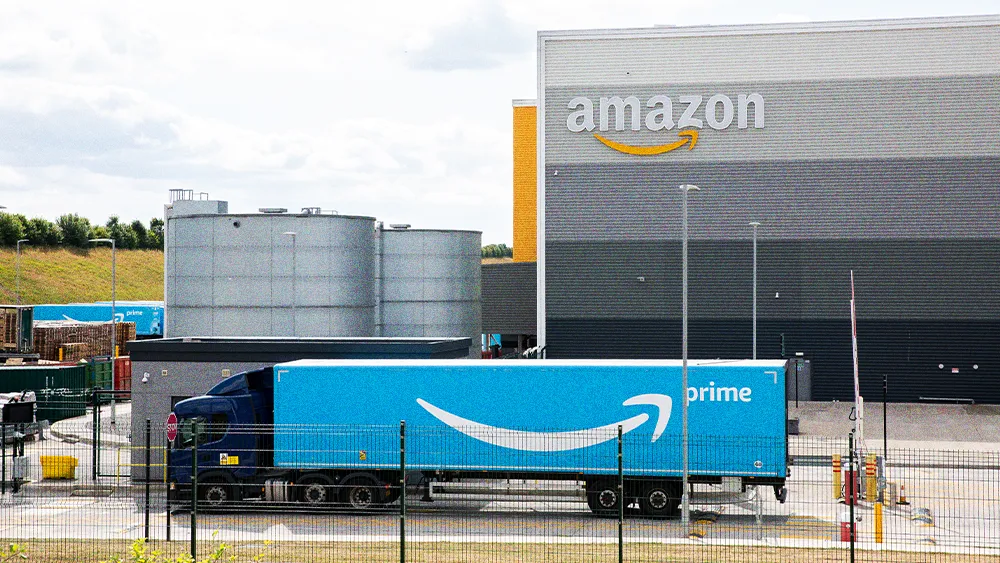
All articles
How Nissan Unites Marketing, Sales, and Service With Its ‘Try, Buy, Use’ Customer Journey Model
Nissan's Head of Data Product, Jivesh Juneja, on simplifying the company's complex CX framework to a three-stage 'try, buy, use' model to align its marketing, sales, and service teams.

Key Points
Nissan simplifies its complex customer experience framework from seven journeys to a three-stage 'try, buy, use' model to align its marketing, sales, and service teams.
Jivesh Juneja, Nissan's Head of Data Products, describes how the company adopted a use-case-first approach to prioritize small, high-impact projects over a large 'Customer 360' initiative to build momentum and prove value quickly.
To overcome organizational inertia, Nissan empowered local champions and treated the internal transformation like a product launch with dedicated marketing and support, Juneja explains.
We realized that simply delivering a 'Customer 360' view doesn’t create value on its own. Value comes from solving real problems. By focusing on individual use cases and meaningful customer moments, we could deliver targeted outcomes instead of chasing total integration for its own sake.
Every great customer experience begins with focus. At Nissan, a framework once built to perfect every step of the journey grew overly complex, with seven overlapping paths spanning everything from early research to driving out of the lot. The breakthrough came when the team reframed the process around what customers actually feel and need, condensing seven journeys into three clear stages: try, buy, and use. By aligning marketing, sales, and post-sales around real human experiences rather than internal structures, Nissan turned complexity into clarity and proved that true customer centricity begins with simplicity.
Behind the wheel of the transformation is Jivesh Juneja, Nissan Motor Corporation’s Head of Data Products. Known for blending data-driven precision with customer insight, Juneja’s approach bridges data, product, and experience. As he shared on Forrester’s CX Cast podcast, lasting change comes from rethinking how an organization understands and owns the customer journey.
"Seven journeys were too many. Everyone wanted their products prioritized, and we couldn’t justify focusing on one over the others. So we simplified it into three stages: try, buy, and use. That gave us clearer outcomes and stronger alignment. 'Try' connects to marketing, 'buy' to sales, and 'use' to after-sales. It now mirrors how our organization actually works," says Juneja.
Working with partners like Adobe and Treasure Data, Nissan moved from isolated touchpoints to a journey-centric operating model focused on measurable customer outcomes. The model’s effectiveness came from its simplicity and its direct alignment with the company's core functions, providing a common language that helped break down previous silos. These journeys are now formally managed as "value streams" under the Scaled Agile Framework (SAFe).
Nonstop value: "We’ve gone through a SAFe transformation, the Scaled Agile Framework for enterprises," Juneja explains. "Now 'try, buy, and use' have evolved into value streams, each with its own set of products beneath them. It’s no longer just about journeys but about delivering value end to end."
The move was driven by a pragmatic, use-case-first philosophy. Instead of pursuing a broad "Customer 360" initiative, Juneja’s team focused on delivering measurable value for specific, high-impact moments. It was an iterative approach that built momentum and proved impact quickly.
The 360 trap: "We realized that simply delivering a 'Customer 360' view doesn’t create value on its own. Value comes from solving real problems. By focusing on individual use cases and meaningful customer moments, we could deliver targeted outcomes instead of chasing total integration for its own sake," says Juneja.
From QR to AI: "Take the use case of transferring data between online and offline channels, for example. We started with a minimum viable product where customers could share a simple QR code at the dealership to transfer their configuration details. Once that proved effective, we built the next version to share the data automatically," explains Juneja. "In the final stage, the dealership not only knows the customer’s configuration but their full profile and history, allowing us to use AI to provide personalized recommendations."
That mindset shaped every stage of Nissan’s transformation. By starting small, proving value, and scaling success, Juneja’s team built trust across the organization. It was never just about data or design. It was about building momentum one use case at a time.
Get the ball rolling: "The technology is the easiest part. The real challenge is the organization. In large companies, there’s just so much inertia," Juneja says. He found that success depends less on complexity and more on momentum. "If I were to do it again, I’d start with something small and provable to build confidence that we can solve the bigger challenges too." In transformation, progress begins when people believe movement is possible.
To counteract this inertia, the team focused on empowering key stakeholders from within local markets, making their success the global team's primary goal.
A network of champions: "Once we identified potential champions among our key stakeholders, our goal was to make them successful," Juneja explains. "We supported them with updates, materials, and visibility so they could drive change within their markets. That model has scaled globally, creating a network of champions who now help identify and mentor the next ones."
Transformation as a product: The final stage of Nissan’s transformation focused on helping teams not just access new data, but know how to use it. "The team approached the transformation like a product. That meant thinking through product marketing basics: setting a clear communication plan, sending regular updates, organizing webinars, and creating tutorials so teams could self-serve. A dedicated product owner oversaw delivery, ensuring adoption was treated with the same care as a customer launch," he says.
With its new framework in place, Nissan is now focused on the next goal: creating long-term value. The work on "try" and "buy" built the foundational data infrastructure that now enables the team to tackle the "use" phase. The focus on post-purchase engagement leverages the foundation built in the earlier stages, aiming to create durable customer lifetime value and loyalty.
"Our focus now is on our existing customers, and on repurchase and loyalty," Juneja concludes. "With all the data and insight we’ve gathered, the next step is to ask how we can do more and how we can truly delight customers at every stage of their vehicle journey."







